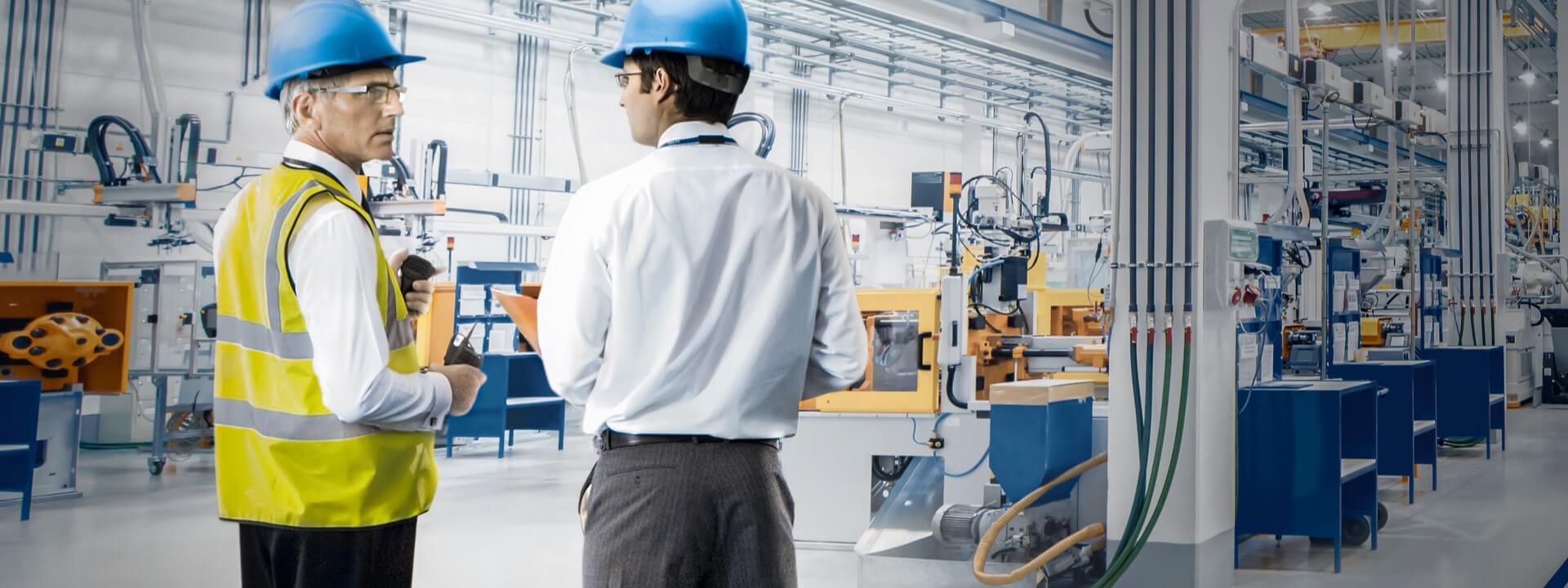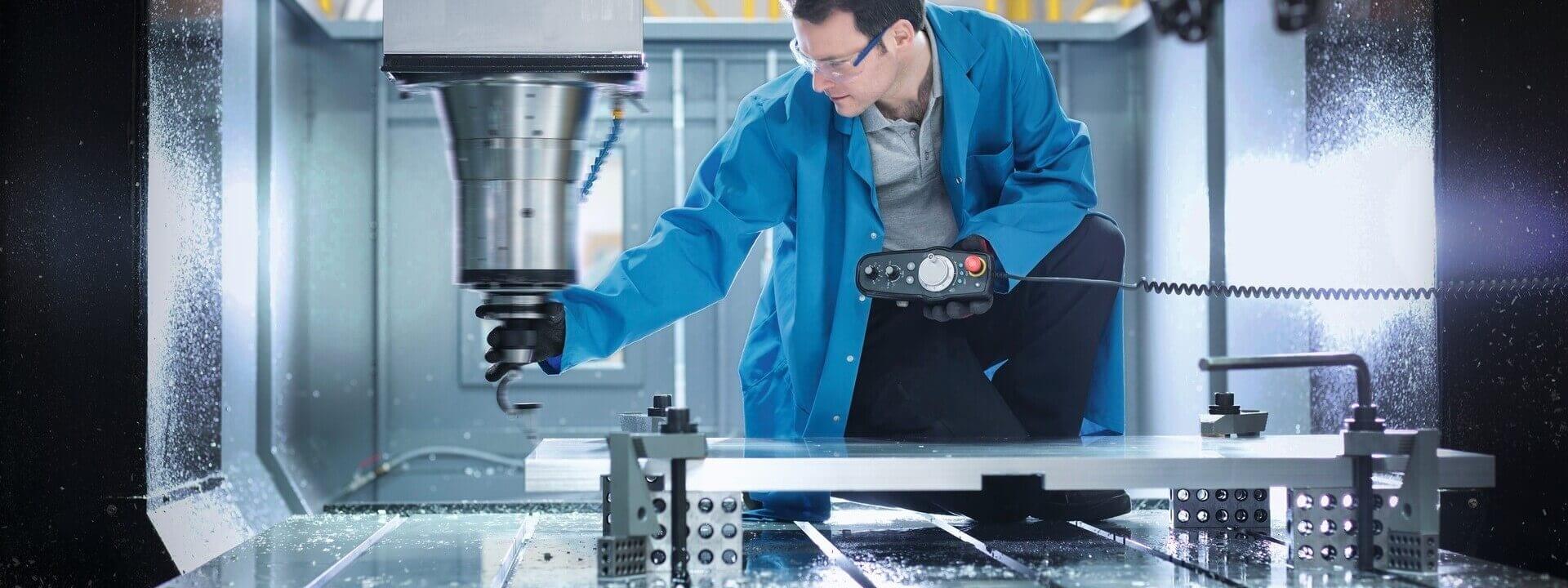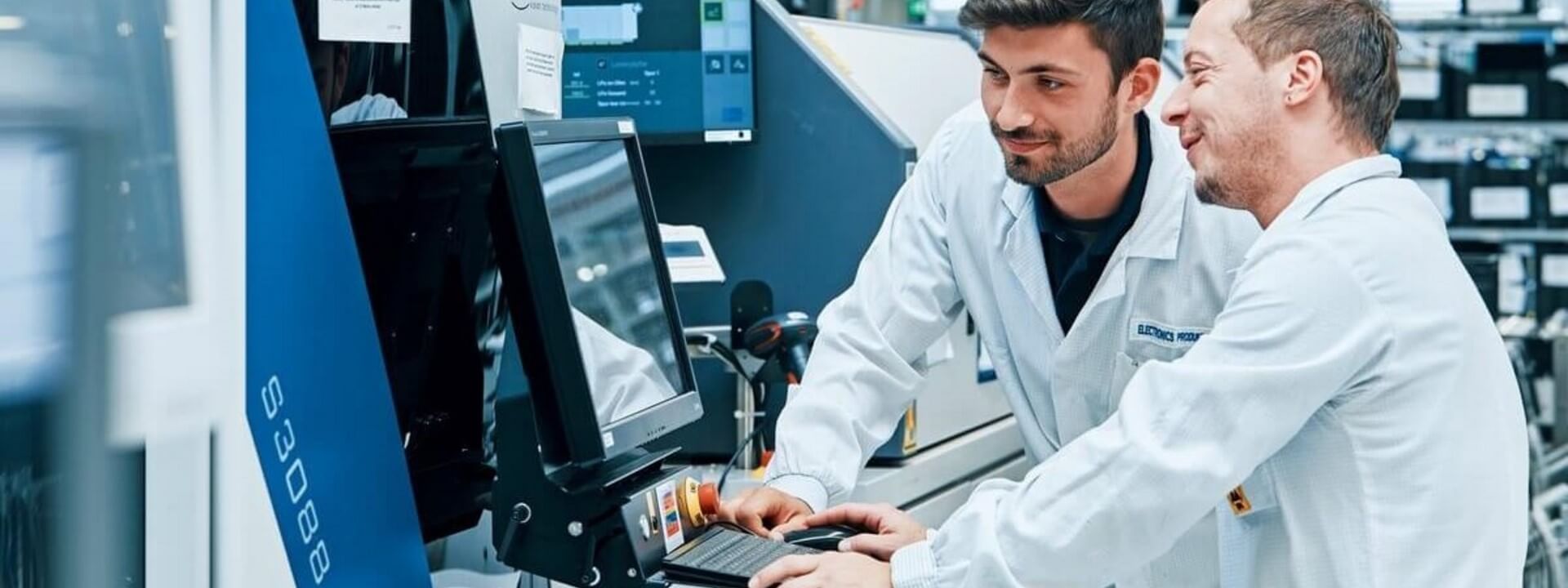English | English (AT) | French (CH) | German (AT) | German (CH) | German (DE) | Italian (CH) | Polish | Spanish
REQUIREMENTS AND OPPORTUNITIES FOR COMPANIES
For whom is the Machinery Regulation relevant?
The Machinery Regulation (EU) 2023/1230 affects all importers, distributors, manufacturers and modernizers of machinery. If you have any questions, the experts at SICK are personally available to develop customized strategies for successfully implementing the regulation. SICK assists you in this changeover process with background information, FAQs, practical implementation tips, training courses, events and services.
This page provides an introduction to selected Machine Regulation topics from SICK's perspective, and is constantly updated to provide practical answers to the FAQ from our customers.
Topic overview
Here you will find current information on the Machinery Regulation (EU) 2023/1230. We inform you of all the important changes and additions, and provide training courses and insights into the topic.

Expert Interview: Machine Safety & Regulation with Otto Goernemann
The video provides an overview of the main differences between the Machinery Regulation and the current Machinery Directive. In particular, we present the impacts on the “traditional” mechanical engineering company and the structural organization. The Machine Regulation will be introduced on a fixed date and the possibility of a transition period will be discussed.
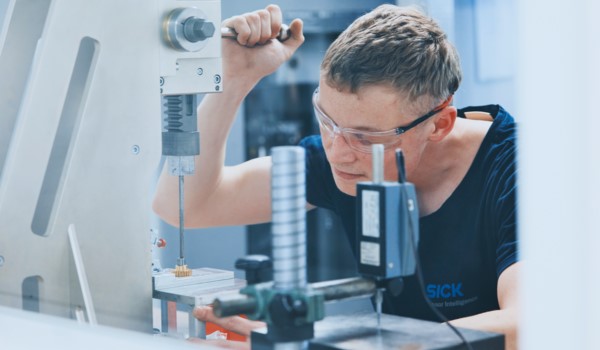
News, updates and inside knowledge
Receive regular news and information, comprehensive expert knowledge on machine safety and conformity, practical tips, and recommendations for efficient implementation of the Machinery Regulation. The newsletter also informs you about exclusive offers on training courses and services from SICK.
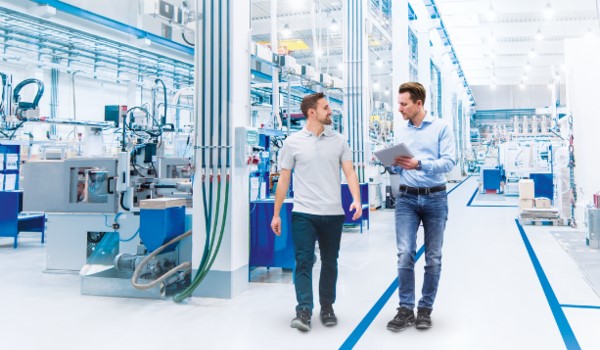
Expert knowledge: Answers to the most important questions
Selected topics relating to the Machinery Regulation (EU) 2023/1230 for machine manufacturers, integrators and users can be found in the FAQs. Our machine safety experts provide assistance in interpreting the legal text. Please note that alternative interpretations are reserved by the legislator. The information provided is continuously updated to ensure a comprehensive coverage of your questions and to provide practical answers.
OUR EXPERTS ARE THERE FOR YOU PERSONALLY TO CLARIFY YOUR INDIVIDUAL REQUIREMENTS
Machinery Regulation made easy - talk to us!
The contents of the Machinery Regulation are as individual as the requirements of your business. SICK is at your disposal as a competent partner to assist you: Together we will find the optimum solution to ensure you are well-prepared and can take all the necessary steps at an early stage.
FAQs
Here you will find a preview of the FAQs. Please register to get access to the complete catalog of questions and answers.
Disclaimer: The information contained in this FAQ resource is general information that does not claim to be complete and does not replace individual legal advice. No liability is assumed for the correctness and completeness of the information.

SICK MOVES INDUSTRIES WITH SENSOR SOLUTIONS
Solution partner and expert in the area of the Machinery Regulation
As a technology and market leader in the field of sensor intelligence and application solutions, SICK provides the perfect foundation for safe, efficient and consistent control of processes in logistics and production. With solutions from SICK, you can ensure transparency in your process chain. This increases productivity, reduces costs, and protects people and the environment.
